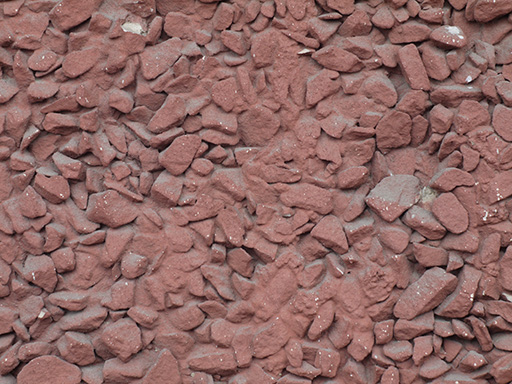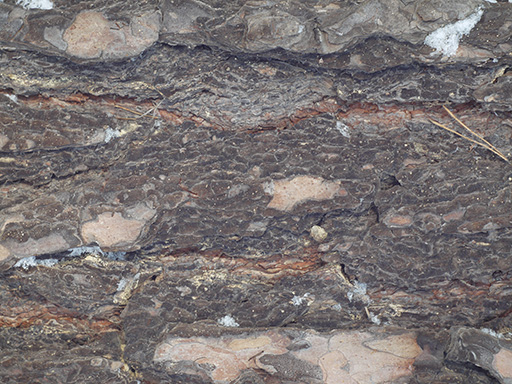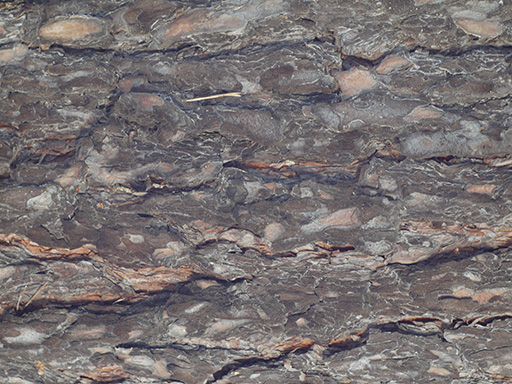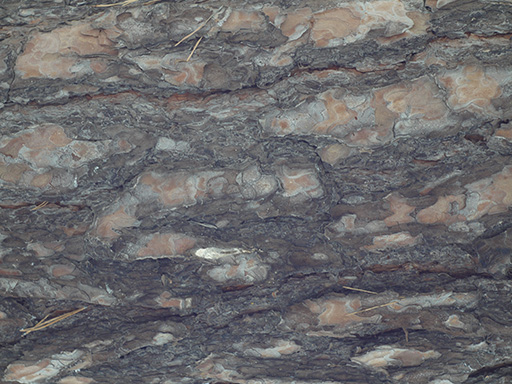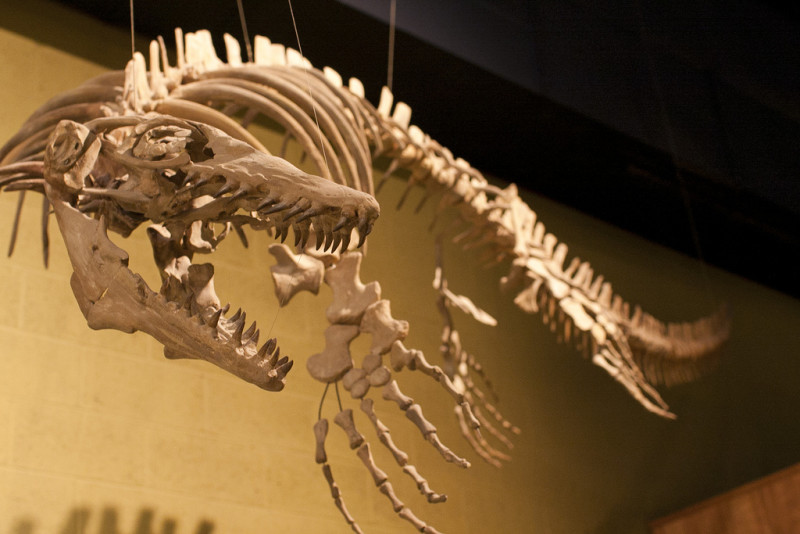
Mosasaurs is a group of ancient marine reptiles, that was flourished at the end of Cretaceous period. They occupied free ecological niches after extinction of ichthyosaurs and reduction of plesiosaurs species amount. The smallest of them were 1 m in length and largest grew up to 18 meters; they were the biggest marine predators of their age and hunted on fishes, ammonites ( shelled mollusks ) and other marine reptiles. Their fossils are found around the world, including Antarctic.
Mosasaurs looked like modern day varanus, but were more adapted for marine life and their body was much more streamlined. Skull and lower jaws of mosasaurs were similar to snakes’ ones : they were able to swallow as whole large animals, as snakes do this. Legs of most of them transformed into fins and their tails had upper and lower fins, as sharks and ichthyosaurs had. They swam by moving their tails from side to side and rest of their body remained almost still. Mosasaurs did not laid eggs, like other reptiles : they developed viviparity instead, as ichthyosaurs and modern day dolphins and whales did. They had no gills, so they had to swim to water surface to make air breath. Their hunting tactics was ambush : mosasaurs waited for prey in the hide and made rapid swims to it, when it swam closer to them. Mosasaurs skin scales had diamond form, like snakes have; currently there is not much data about color of their skin, but, presumably, it was dark at the top and light at the bottom to camouflage them in not deep seas waters. Closer to the end of Cretaceous period and whole giant reptiles epoch there were new unique mosasaur species appeared : round toothed forms, that specialized on mollusks shells crushing; fresh-water crocodile alike forms; and very streamlined forms, that moved from ambushes tactics to active and fast swimming in Mesozoic seas. But all mosasaurs went extinct at the end of Cretaceous period, like dinosaurs, ammonites and large amount of other species of animals and plants did.
